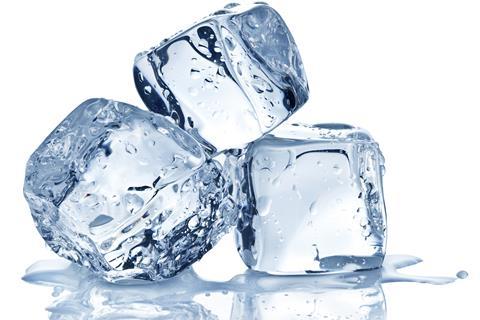Looking at the unusual, nanoscale qualities of water
Download this
Connect your students’ understanding of covalent bonding in water with the world of nanoscience with this starter slide as MS Powerpoint or pdf.

Water keeps on surprising scientists. It has a plethora of solid and liquid forms, and shows unusual behaviour when confined to microdroplets – like spontaneously generating hydrogen peroxide.
Now, scientists have found that 90 is the minimum number of water molecules it takes to make the most common type of hexagonal ice crystal. Nanodroplets with fewer molecules consist solely of randomly oriented water molecules.
It also appears that water clusters with fewer than 150 molecules lose their defined liquid-solid phase transition. Around their freezing point, they oscillate between a liquid and crystalline state every few hundred nanoseconds.
Read the full story in Chemistry World.
Put this in context
Add context and highlight diverse careers with our short career videos showing how chemistry is making a difference and encourage your learners to go on to inspire others with our job profile featuring Kay, a teacher and head of chemistry.
Downloads
Starter slide ice crystals
PowerPoint, Size 1.6 mbStarter slide ice crystals
PDF, Size 72.89 kb









No comments yet